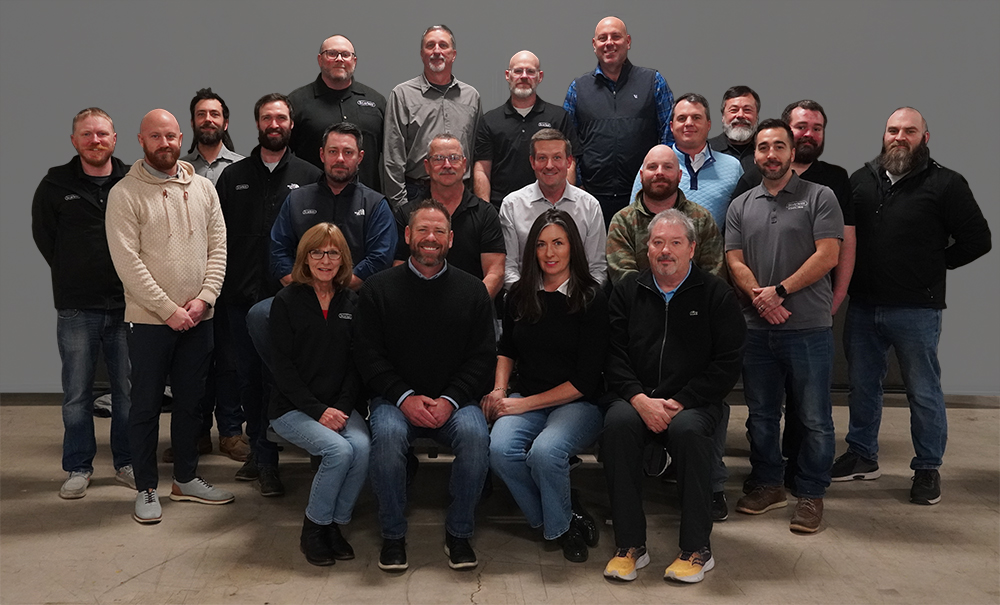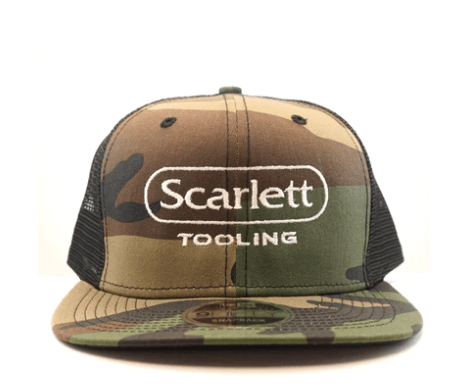Tool and Application Engineering
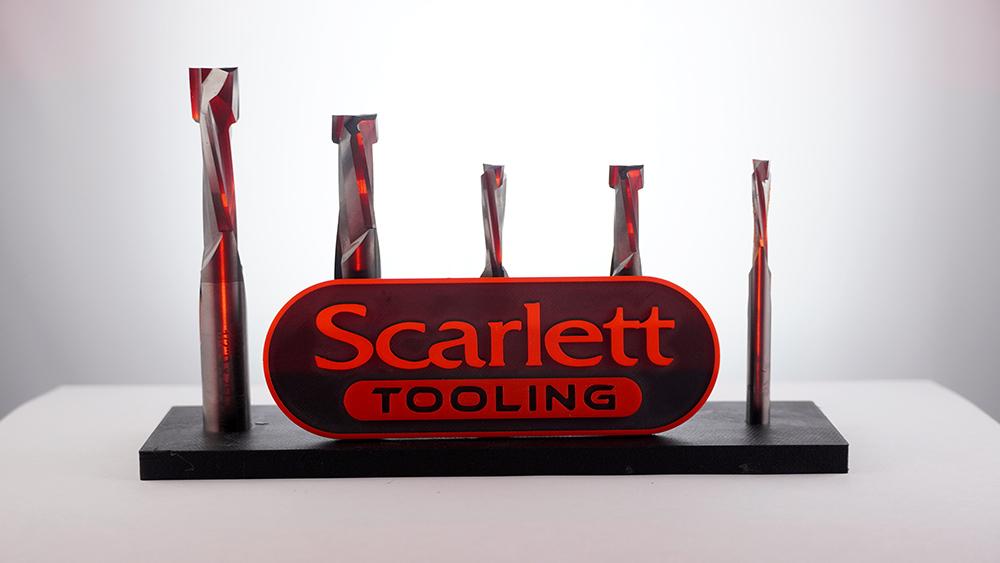
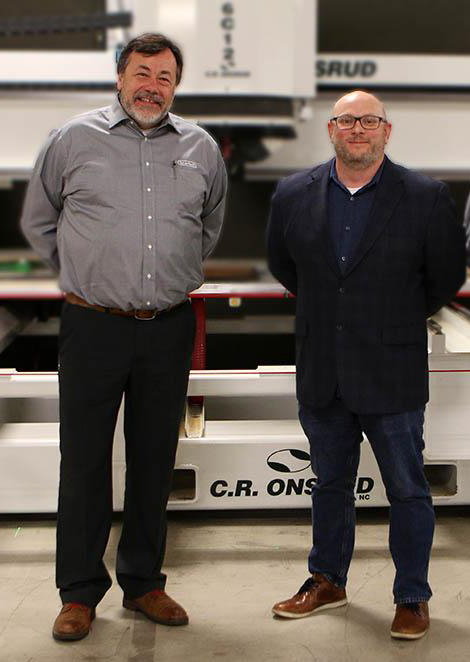 We don’t pride ourselves on achieving more sales. We take pride in helping you find the best possible solution.
We don’t pride ourselves on achieving more sales. We take pride in helping you find the best possible solution.
After all, when you have the right tool for the job, you can expect it to last that much longer. This not only saves you money down the line but also wear and tear on your machines.
A relationship you can count on. It’s the long-term benefit of having a long-term partner.
Scarlett engineering and sales personnel perform a thorough review your intended production components, current machine capabilities, raw materials, quality specifications, and output requirements; we then use this information to design a specific tooling package, and operating parameters, which will optimize your productivity and profitability.
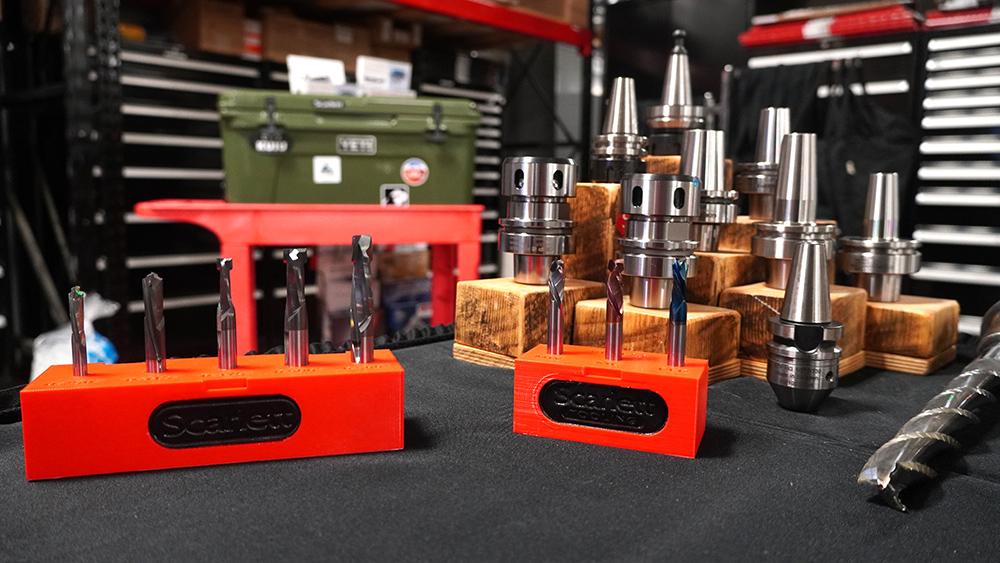
Tooling, Router Bits, Cutter-heads, Tool Holders, CNC Accessories and more...
If you're involved in woodworking or any type of manufacturing that requires the use of cutting tools, then you know how important it is to have the right tools for the job. Tooling, router bits, cutter-heads, tool holders, CNC accessories, and more are all crucial components to ensuring that your projects turn out perfectly. In this article, we'll cover everything you need to know about these essential tools.
What is Tooling?
Tooling refers to the set of tools and machines used in manufacturing processes, including cutting, shaping, drilling, and forming materials. It includes everything from simple hand tools to more complex CNC machines.
Types of Tooling
There are several types of tooling, including:
- Cutting Tools: These tools are used to remove material from a workpiece, including drills, end mills, and taps.
- Forming Tools: These tools are used to shape materials into a desired form, including dies, molds, and presses.
- Assembly Tools: These tools are used to join two or more components together, including fasteners, adhesives, and welding equipment.
- Inspection Tools: These tools are used to measure and verify the quality of a workpiece, including gauges, calipers, and microscopes.
What are Router Bits?
A router bit is a cutting tool used with a router to rout out (hollow out) an area in the face of a relatively hard workpiece. Router bits are available in a variety of shapes and sizes to create different cuts, including chamfer, edge, and flush cuts.
Types of Router Bits
There are many different types of router bits, including:
- Straight Router Bits: These bits are used for cutting straight lines in the material.
- Rabbeting Router Bits: These bits are used for cutting rabbets (grooves) in the edge of a material.
- Flush Trim Router Bits: These bits are used for trimming the edge of one material to match the edge of another.
- Roundover Router Bits: These bits are used for rounding over the edge of a material.
- Cove Router Bits: These bits are used for cutting a concave quarter-round profile on the edge of a material.
What are Cutter-Heads?
A cutter-head is a machine component used in woodworking and metalworking to cut or shape material. It is typically a rotating cylinder with cutting edges that are designed to remove material from a workpiece.
Types of Cutter-Heads
There are several types of cutter-heads, including:
- Helical Cutter-Heads: These cutter-heads have a series of small cutting edges arranged in a spiral pattern around the cylinder.
- Straight Knife Cutter-Heads: These cutter-heads have straight knives that are arranged in rows along the cylinder.
- Insert Cutter-Heads: These cutter-heads use removable inserts with cutting edges that are secured in place with screws or clamps.
What are Tool Holders?
A tool holder is a device used to secure a cutting tool in place on a machine tool, such as a lathe or milling machine. It provides a secure and accurate way to hold the tool, allowing it to cut the material with precision.
Types of Tool Holders
There are several types of tool holders, including:
- Collet Chucks: These tool holders use a collet to hold the cutting tool in place.
- Hydraulic Chucks: These tool holders use hydraulic pressure to hold the cutting tool in place.
- Screw-on Tool Holders: These tool holders use a screw to hold the cutting tool in place.
What are CNC Accessories?
CNC Accessories are any additional tools, parts, or equipment used to enhance the performance and functionality of a CNC machine. These may include clamping kits, coolant systems, cutting fluid, lubricants, probes, and more. CNC accessories can help increase efficiency, accuracy, and productivity in CNC machining operations, and can be tailored to specific applications and industries. For example, a machinist working with metal parts may require different CNC accessories than one working with wood or plastics.
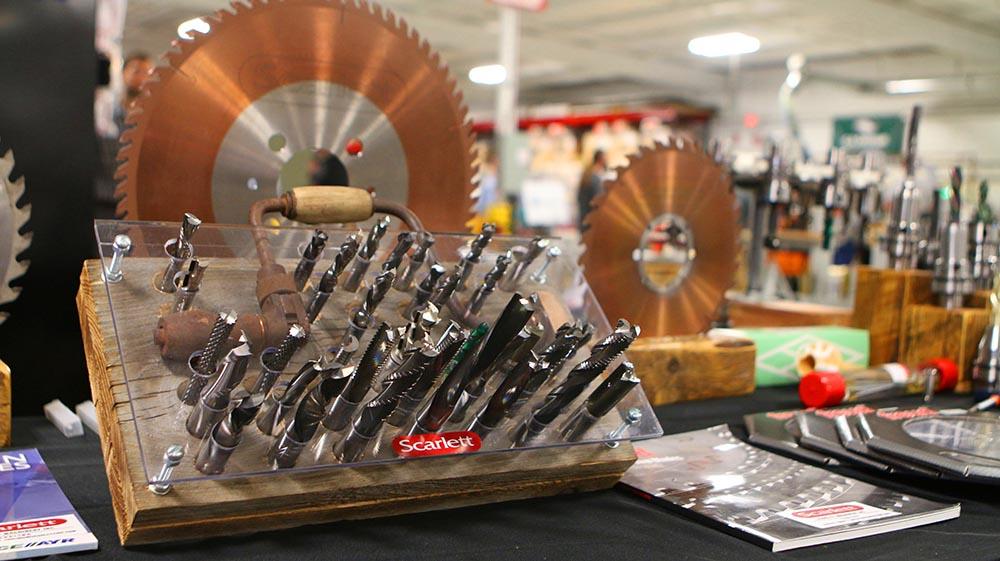
Scarlett FEED RATE CALCULATOR
CLICK TO DOWNLOAD
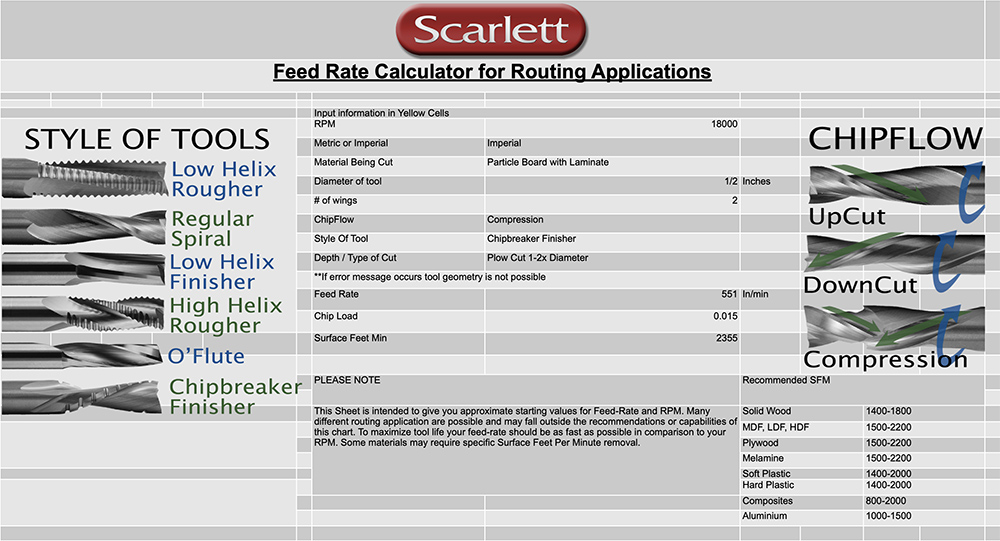
Cutting Edge Wear
A tool that is no longer able to produce a satisfactory cut can tell us a lot about your cutting tool application. Whether or not you are achieving your maximum tool life, or if the edge is failing before the most wear is achieved. There are many different types of wear, and by assessing the type in your application we may be able to save you money.
Healthy Wear
The image above shows the top view of a carbide-tipped saw blade that has a favorable wear pattern. The corner of the tooth is showings signs of abrasive wear caused by extended time spent in contact with the working material. The final result is a rounding of the once sharp cutting edge. More tool life may be achieved with harder cutting material, however, this can lead to an increased risk of mechanical failure (see below).
Unhealthy Wear
The image above the top view of a carbide-tipped saw that has unfavorable wear patterns. The corner of the tooth has broken due to impact or shock in the cutting application. If this occurs frequently then a tougher more impact-resistant cutting material must be selected. Although tougher cutting materials are usually less wear-resistant it will extend the tool life. Currently, the failure mode is a mechanical breakage of the carbide, so the full wear resistance of the cutting material is not currently being achieved.
Other Wear or Failure
- Chemical wear – Binder in the carbide is chemically leached while cutting causing the cutting edge to crumble
- Plastic deformation – Common when harder materials are being cut, the cutting edge actually deforms due to high hardness of working material
- Thermal fracturing – Sudden changes in temperature cause fracturing of the cutting edge
- Build up cutting edge – Workpiece material sticks to or builds upon cutting edge, can lead to mechanical failure of cutting edge, or rapid edge decay
Tool Life Maximization
Make Chips not Dust
From a tool life standpoint you want to have as high of a feed rate as possible in relation to your RPM. or another way of looking at it, produce as large of a chip load as possible. Many factors exist that will not allow you to reach this goal, such as.
- Insufficient work holding (parts will start to move)
- Unsatisfactory finish quality
- Tool breakage (tool cannot withstand large chip load)
- Machine horsepower or feed restrictions
- Tool holder rigidity
All of the above considerations must be taken into account when optimizing your cutting parameters, there is no easy way to provide exact parameters unless all information is taken into account. A useful tool for finding starting parameters can be downloaded by selecting the icon to the right. You must have a version of Microsoft Excel 2008 or newer to use this tool. Simply enter in the working RPM, then the material being cut, style of tool, and the depth of cut, and a conservative starting feed rate will be provided.
In order for your maximum tool life to be realized, careful consideration must be taken to selecting the proper cutting material. Scarlett cutting tools has access to a wide array of cutting tools, complex cutting tool geometries, and Coatings to ensure your lowest cost per cut is being realized.
Let’s keep you running strong.
Complete the form below and our tooling experts will be in touch.
What makes Scarlett a good partner to have?
Beyond the fact that we’re a likable bunch, we go out of our way to be helpful. In fact, we’ve built our business on solving problems—the ones you’re aware of, and maybe a few you’re not. Got a challenge on your hands? Pick our brains. From manufacturing needs to precision cutting to better workflow, we’re here to help.
